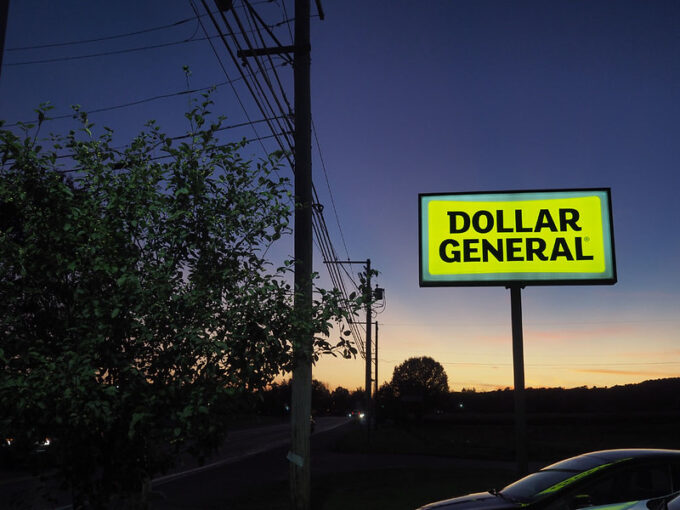Why US Workers are Far Better Off Than Four Years Ago

Detroit Industry Murals (detail), Detroit Institute of the Arts. Photo: Jeffrey St. Clair.
This is not a tough one. First and foremost, workers are better off today because they overwhelmingly have jobs if they want them. They also are getting higher pay, even after adjusting for inflation. And they tell us they are much more satisfied at their jobs.
When President Biden took office, the unemployment rate was 6.4 percent. It is currently 4.3 percent. For most of his presidency the unemployment rate has been below 4.0 percent, a stretch of low unemployment not seen in more than half a century.
The story looks even better if we look at the percentage of people who have jobs, since many people are not counted as being unemployed if they don’t even look for work because of a weak labor market.
In January of 2021, the share of people in their prime working years (ages 25 to 54) who had jobs was 76.4 percent. In the most recent data, it stood at 80.9 percent, 4.6 percentage points higher.
This is not just an issue of millions more people being able to get jobs. When the labor market is as strong as it has been, workers can have their choice of jobs. They can leave jobs where the pay is low, the workplace is unsafe, or the boss is a jerk.
Workers switched jobs in record numbers in the years 2021-2023. Tens of millions of people quit their jobs and moved on to better ones. One result was that workers reported the highest rate of job satisfaction on record. This is a big deal, since most workers spend a large share of their waking hours on the job.
The tight labor market also gave workers the power to resist employers’ demands that they return to the office when the worst of the pandemic was over. As a result, the number of people who report being able to work from home has increased by 19 million from the pre-pandemic level.
This shift has been largely ignored by the media, but these workers are saving hundreds of hours a year in commuting time and saving thousands on transportation and other commuting-related expenses. It’s true that the option to work from home is mostly available to higher paid workers, but 19 million people is nearly one-eighth of the workforce, not some tiny elite.
If working from home was a benefit that mostly went to higher paid workers, the pay increases disproportionately went to those at the bottom, reversing the pattern that had been in place for more than four decades. An analysis from the Economic Policy Institute found that wages for workers in the bottom ten percent of the wage distribution increased by 13.4 percent from before the pandemic, after adjusting for inflation.
Wages for workers in the middle increased by 3.0 percent over this period, also after adjusting for inflation. This is not great, but it is better than what we saw over most of the prior four decades, when wages were often stagnant or falling.
And this wage growth occurred in spite of a worldwide pandemic that whacked growth and caused inflation everywhere. The United States is the only wealthy country where workers have seen substantial wage growth since the pandemic. In most countries wages have fallen behind inflation.
It is also important to realize the world-leading recovery was not something that just happened. It was not inevitable that the economy would bounce back quickly from the pandemic shutdowns. There was very rapid job growth in the summer of 2020, as most of the shutdowns ended. But job growth slowed considerably in the fall. In the last three months of the Trump administration, we were creating jobs at the rate of just 140,000 a month. At that pace it would have taken us more than five and a half years to get back the jobs lost in the recession.
The Biden administration’s recovery package got back these jobs in less than a year and a half. The rapid job growth has continued so that we now have 6.4 million more jobs than we did before the pandemic. With the economy still growing at a good clip and inflation back to its pre-pandemic pace, for workers the future is bright.
This first appeared on CEPR.

